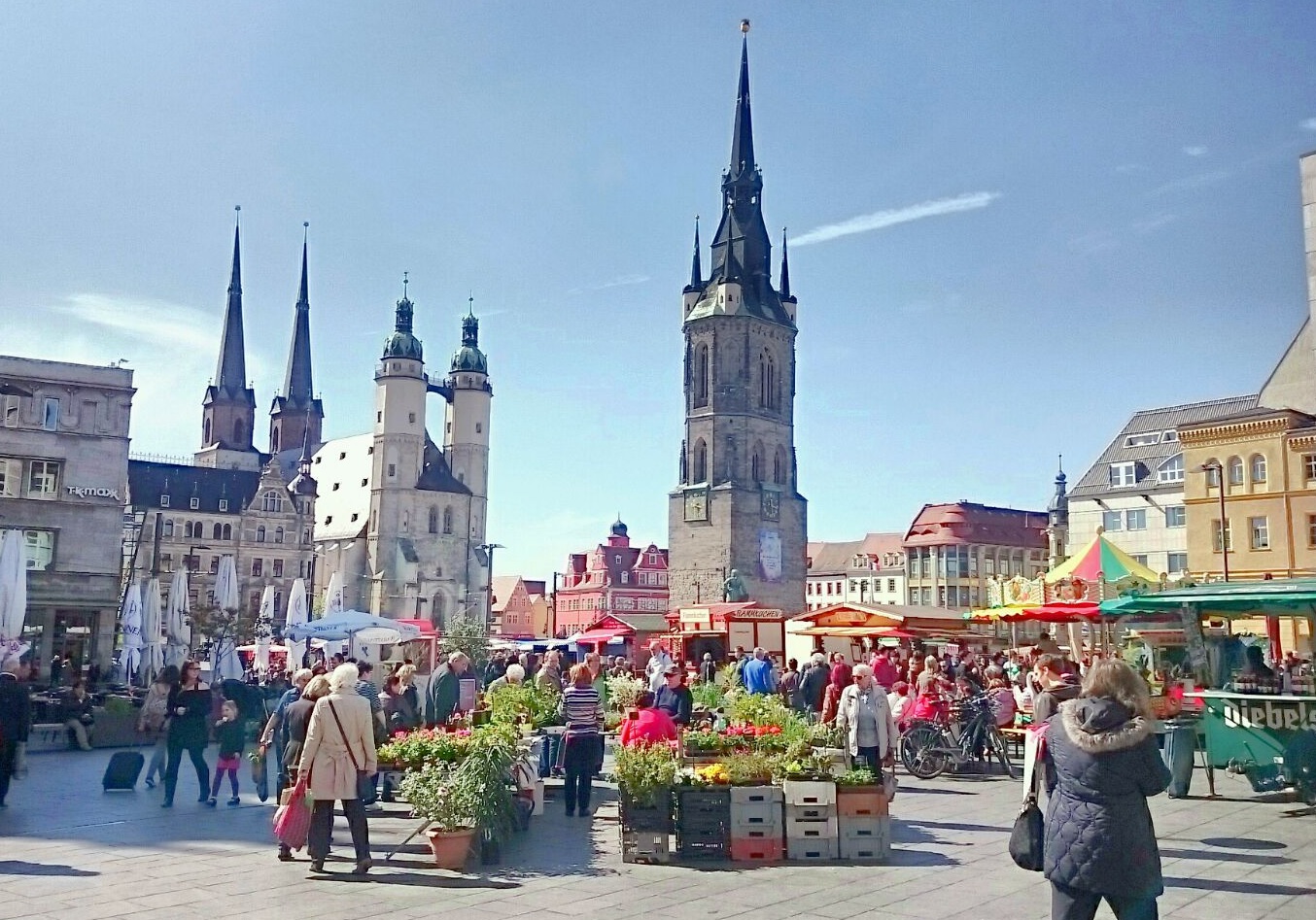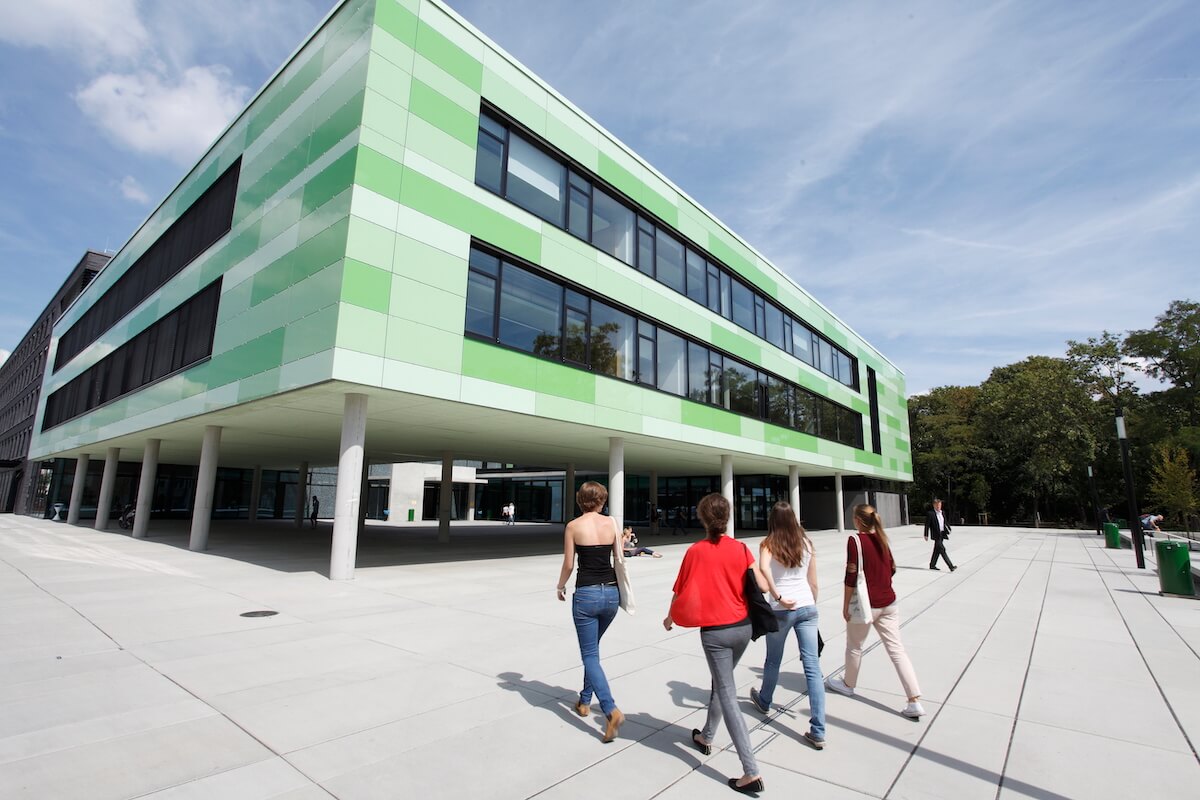
Since the notion of “Patterns of Power” has been discussed several times with interest at conferences in the wake of our scholarly papers, we deem it necessary to elaborate in our following contribution, in which way we define “Patterns of Power” and / or “Signs of Power” and also what kind of source-based examples we encounter in Byzantine Macedonia from 1282 to 1355. Digital tools allow more dynamic and multi-scale representations of historical space and spatial phenomena and relations. However, traditional representations of space like paper maps often fail to capture the complex and dynamic nature of spaces and places. The perception, depiction and organisation of spaces and places in the Middle Ages encompass an interdisciplinary research field, which helps us to understand historical processes and relations. One important goal of this approach is to shed light on the various levels of the observed “Patterns of Power” by investigating the assemblage of these elements in time and space. settlements, monuments, fortresses, even entire landscapes etc.), events and involved actors and investigates the respective interconnections. Our research combines written and archaeological evidence on physical entities (i.e. 1 Central questions of our research agenda include the correlation between space and power and thus, amongst others, the following research questions: How can we identify “Patterns of Power” in the landscape and how are they characterised? How can we interpret them concerning appropriation of power, its retention and transfer, its representation as well as the loss of it? In the present article we are sharing some ideas and thoughts on “Patterns of Power” in Byzantine Macedonia from 1282 to 1355.

A Joint Example of a Political and an Economic “Sign of Power”.An Example of an Economic “Sign of Power”.An Example of a Political “Sign of Power”.Darüber hinaus werden Methoden aus den Digitalen Geisteswissenschaften (Digital Humanities) in der kartographischen Darstellung und Visualisierung eingesetzt, um die erzielten Forschungsergebnisse der interessierten Öffentlichkeit zu vermitteln. überregionale Machtstrukturen interpretiert. Die Quellen werden mit Methoden der Historischen Geographie analysiert und in Hinblick auf lokale bzw. Den Ausgangspunkt der Forschung bilden die mittelalterlichen schriftlichen Quellen, vor allem serbische und byzantinische Urkunden. Dies wiederum wirkte sich auf die Grenzräume und grenzübergreifenden Gesellschaften zwischen beiden Reichen im Byzantinischen Mazedonien aus. Milutin auf Kosten des Byzantinischen Reiches nach Süden ausbreitete, was bis 1355 anhielt. Jahrhunderts ein, als sich das serbische mittelalterliche Königreich unter dem König Stefan Uroš II. Weitreichende politische Veränderungen traten auf der südlichen Balkanhalbinsel vom Ende des 13. Abstract (German)ĭieser Beitrag beschäftigt sich mit den Grenzen des Byzantinischen Reiches im mittelalterlichen Südosteuropa, genauer im vor-osmanischen (d. Moreover, tools from Digital Humanities in mapping and visualisation are applied in order to communicate the achieved results to the interested public. The sources are analysed based on the methods deriving from Historical Geography and regarding potential structures of local or supra-regional power.

Medieval written sources, mainly Serbian and Byzantine charters, form the initial point of research. This again had a severe impact on the border zones and cross-border societies between both realms in Byzantine Macedonia in the same period. Far-reaching political changes occurred in the Southern Balkan Peninsula from the end of the 13th until the middle of the 14th century, when the Serbian medieval kingdom expanded to the South under the king Stefan Uroš II Milutin at the expense of the Byzantine Empire, which lasted until 1355. This map represents just some of the thousands of activities that are being planned across the UK.This article focuses on the borders of the Byzantine Empire in medieval South-East Europe, namely in pre-Ottoman (i.e.
#Latinum wien full
Click on the title of an event to view full details. The same event information is in the list of events under the map.

You can zoom in/out of the map or move it around using the +/- buttons or by clicking and dragging the map. Click on a pin to view more details about an event. The map below shows the approximate locations of events celebrating the Jubilee. Submit your details to be added to the map. Hosting your own public event, street party or other activity? There will be many events and activities celebrating the Jubilee across the UK Commonwealth and beyond in the months leading up to the special extended bank holiday weekend from Thursday 2 to Sunday 5 June 2022.


 0 kommentar(er)
0 kommentar(er)
